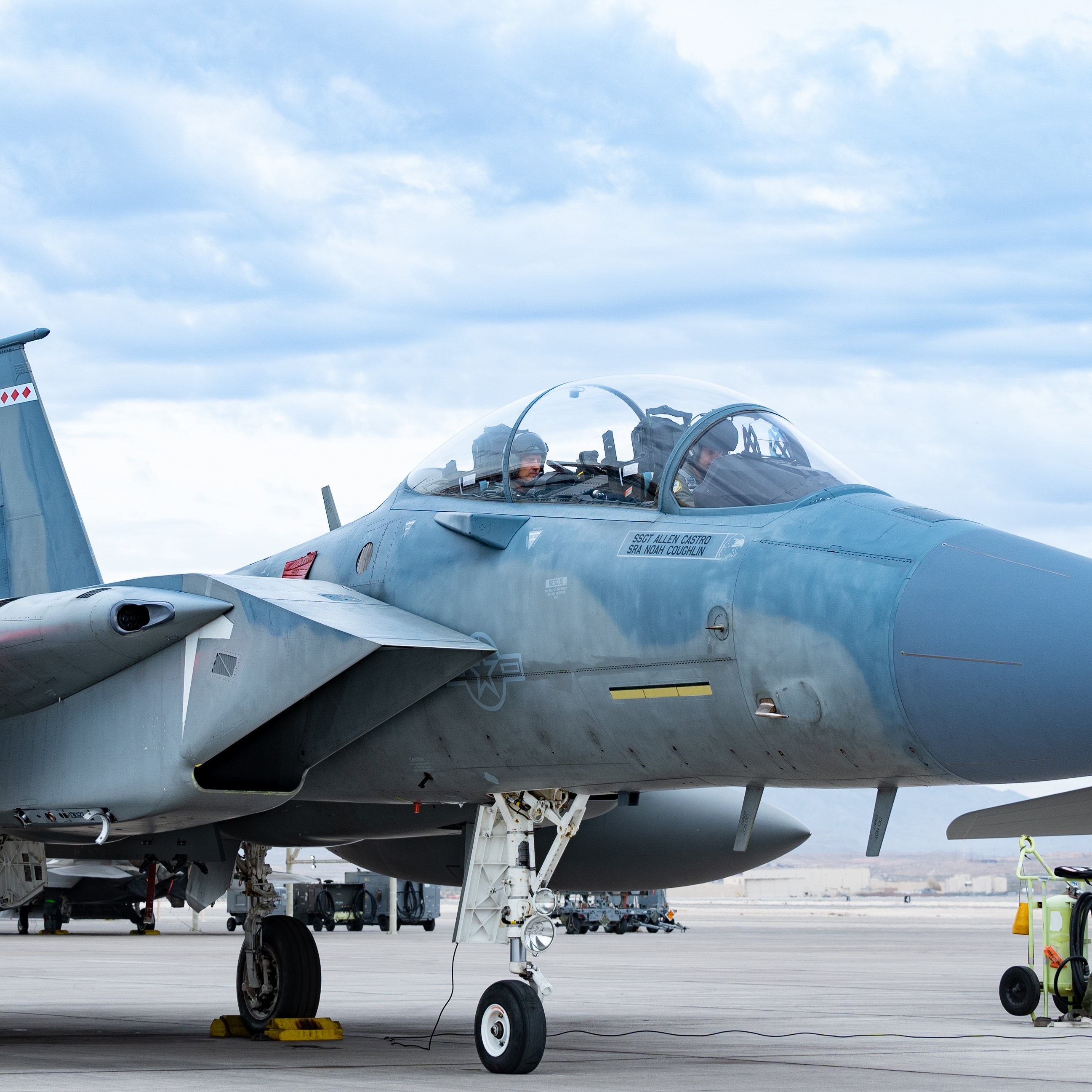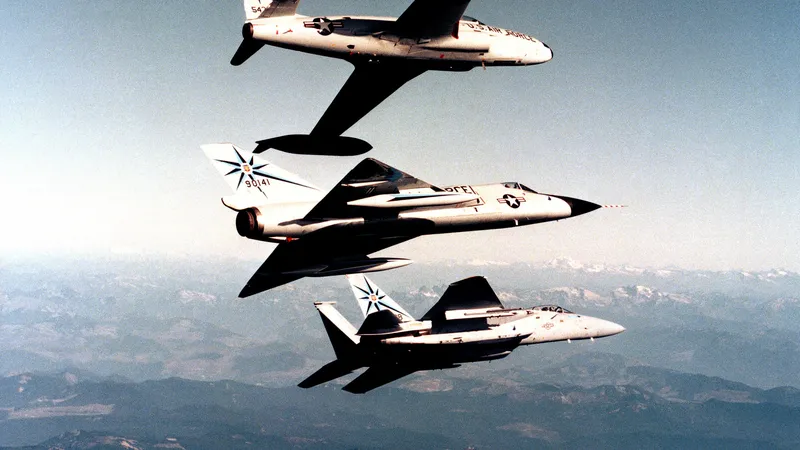The EF-111 Raven, the USAF’s last dedicated tactical electronic attack aircraft, retired amongst peace dividend-driven cuts after an unusually short 15 year service life. Since then, the USAF has used U.S. Navy EA-6B Prowlers and later EA-18G Growlers through a joint program with the Navy to accomplish the electronic attack role. This is no longer a sustainable practice.
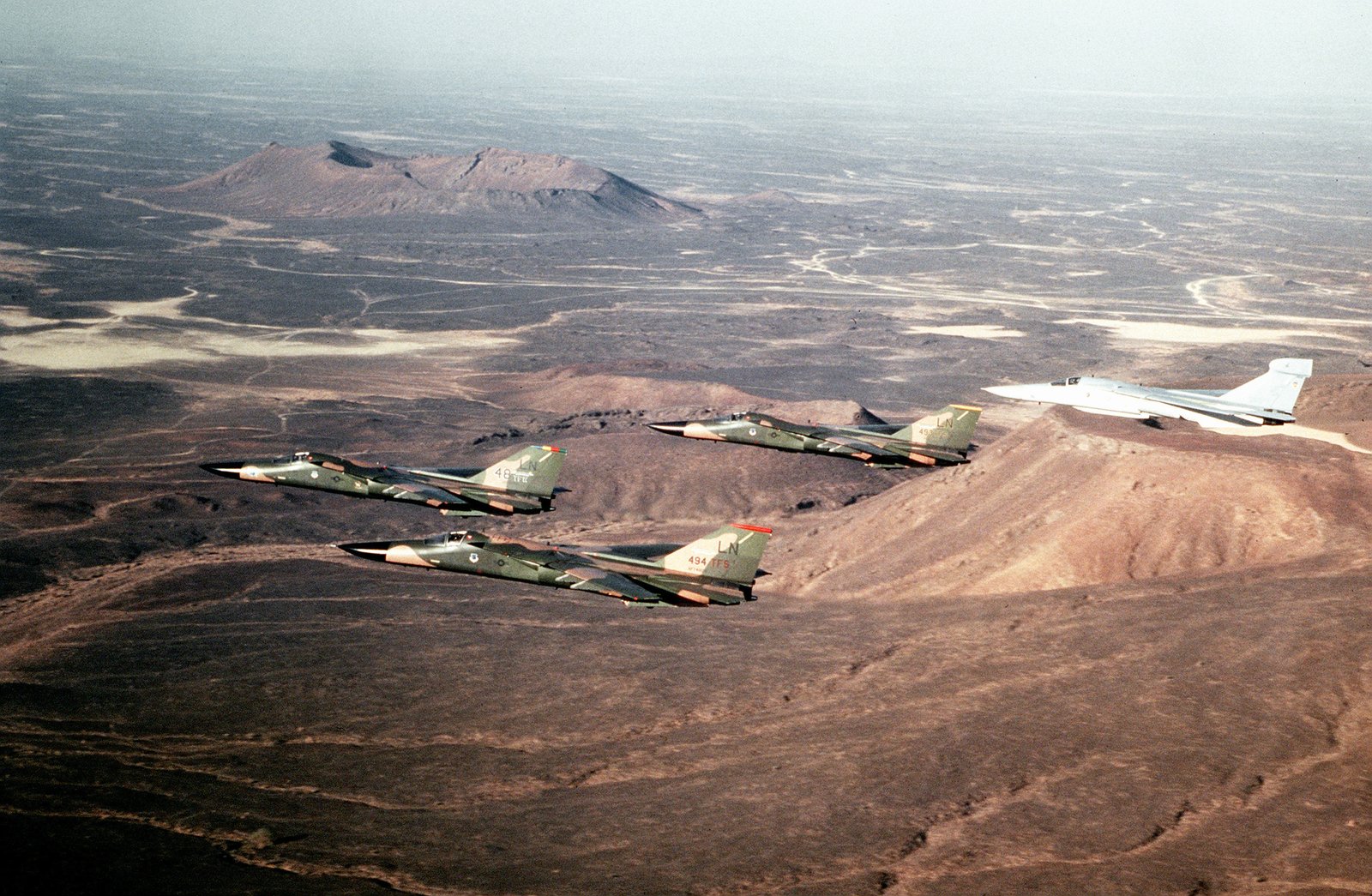
Most fighter aircraft with can perform electronic attack to some degree or another. Small tactical self protection jammers were often carried externally on “third generation” and “fourth generation” aircraft such as the F-4 Phantom or early models of the F-16 Viper. Over time, external self protection jammers have mostly been replaced by more advanced onboard electronic warfare suites. Modern aircraft equipped with Active Electronically Scanned Array (AESA) radars such as the F-35 Panther, Rafale, and later models of the F-16 can perform airborne electronic attack with this radar, but the emitted power, band coverage, and sophistication of jamming techniques are nowhere near what the Growler provides.
New fighters, such as F-47 and F/A-XX, are rumored to be able to function as electronic attack aircraft equivalent to or better than the Growler. This may help free up EA-18G airframes for Navy use. However, these next-generation aircraft likely will not enter service before 2030, and will likely be tasked with conducting offensive or defensive Combat Air Patrol during a conflict rather than stand-in escort. These factors, combined with the ever expanding Fighter Engagement Zone provide a problem for the limited number of land-based or expeditionary Growlers.
The core of the problem is the limited range of the Super Hornet airframe while carrying large external ordnance including jamming pods. The Growler is already the slowest “fourth generation” tactical fighter, but this additional weight and parasite drag significantly reduces the mobility and range of the EA-18G. This is a core consideration in modern mission planning, as all tactical air missions require electronic attack support.
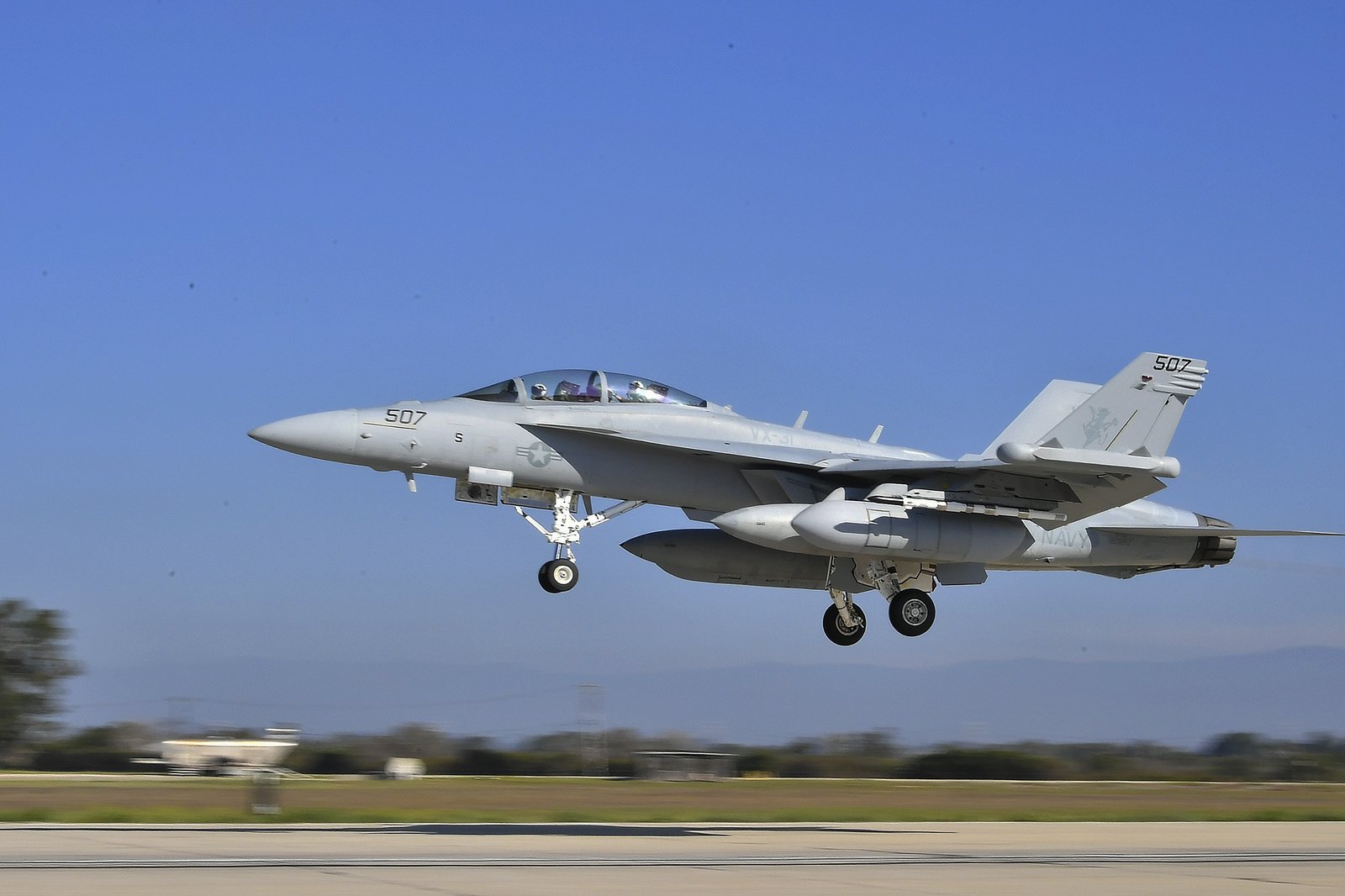
ALQ-99, the current electronic attack pod, is not small, but it is still smaller than the ALQ-249 Next Generation Jammer (NGJ) pods. These new pods will further reduce the range and speed of the Growler given the drag induced by the larger size and weight. Additional drag is induced when the ram air turbines on the NGJ are active — a necessity given the higher power requirements.
This range limitation becomes a serious problem when considering operations from Andersen or Kadena Air Force Bases. To get the combat radius required out of the Growler carrying such a load, a tanker would need to be positioned relatively close to the Fighter Engagement Zone (FEZ) to refuel the Growlers on the way in and on the way out. This strategy puts additional high value, low density assets, tankers in this case, at risk from Chinese fighters tasked with high-value target interception.

Alternatively, the strike package could slow down, but this generates additional risks. The longer the strike package stays in the Chinese FEZ, and especially if jamming, the longer they are vulnerable. This, of course, will stress the USAF’s strike fleet if operations are sustained for a long period of time (2+ weeks).
The new EA-37B Compass Call is an incredibly powerful option for airborne electronic attack, with fantastic stand-off capabilities, and long range, but it suffers from a lack of availabilty, minimal survivability in contested airspace, and limited escort jamming capability. Only ten are slated to be procured at this time, and this will make it a platform unavailable for high risk missions inside of the PLA’s FEZ.
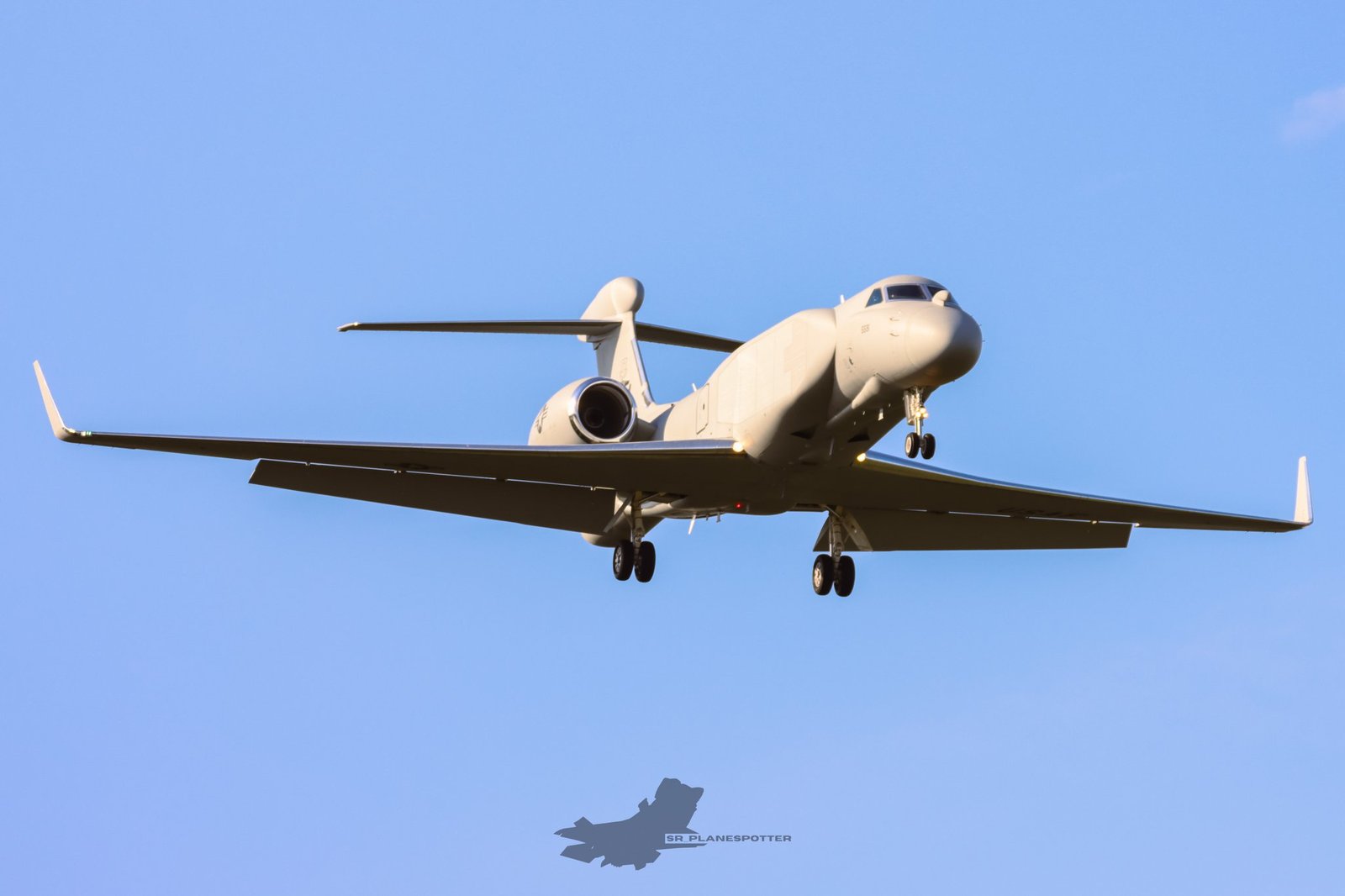
Finally, the most troubling issue is that the Navy could simply recall their Growlers for carrier operations, as they may be required for the Navy to effectively conduct their own air operations. Given that the USAF concept of operations ranging from Desert Storm to recent actions against the Houthis reled on broadband escort jamming to cover strikes from Very Low Observable (VLO) platforms, extensive jamming will be a necessity when operating near Chinese integrated air defense networks.

It’s not often that the easy answer is the right answer, but this is one of the few times where it is. The F-15EX Eagle II solves this problem. The Eagle II is a vastly superior aircraft to the Eagles that came before it, including in range with payload at speed, emphasizing what the Growler lacks. Out of all the airframes the USAF has, the F-15EX is all around the best aircraft for NGJ integration.
With F-15EX executing the currently non-existent USAF airborne electronic attack mission, the Navy will have more airframes available for their own air operations, USAF basing can be more flexible, and they will not be reliant on a Navy-managed supply and maintenance chain for an extremely limited number of airframes that will be subject to high attrition. This will be especially useful in combination with Agile Combat Employment (ACE), reducing strain on maintenance supply lines and allowing for increased sortie generation when compared to a Growler-equipped force.
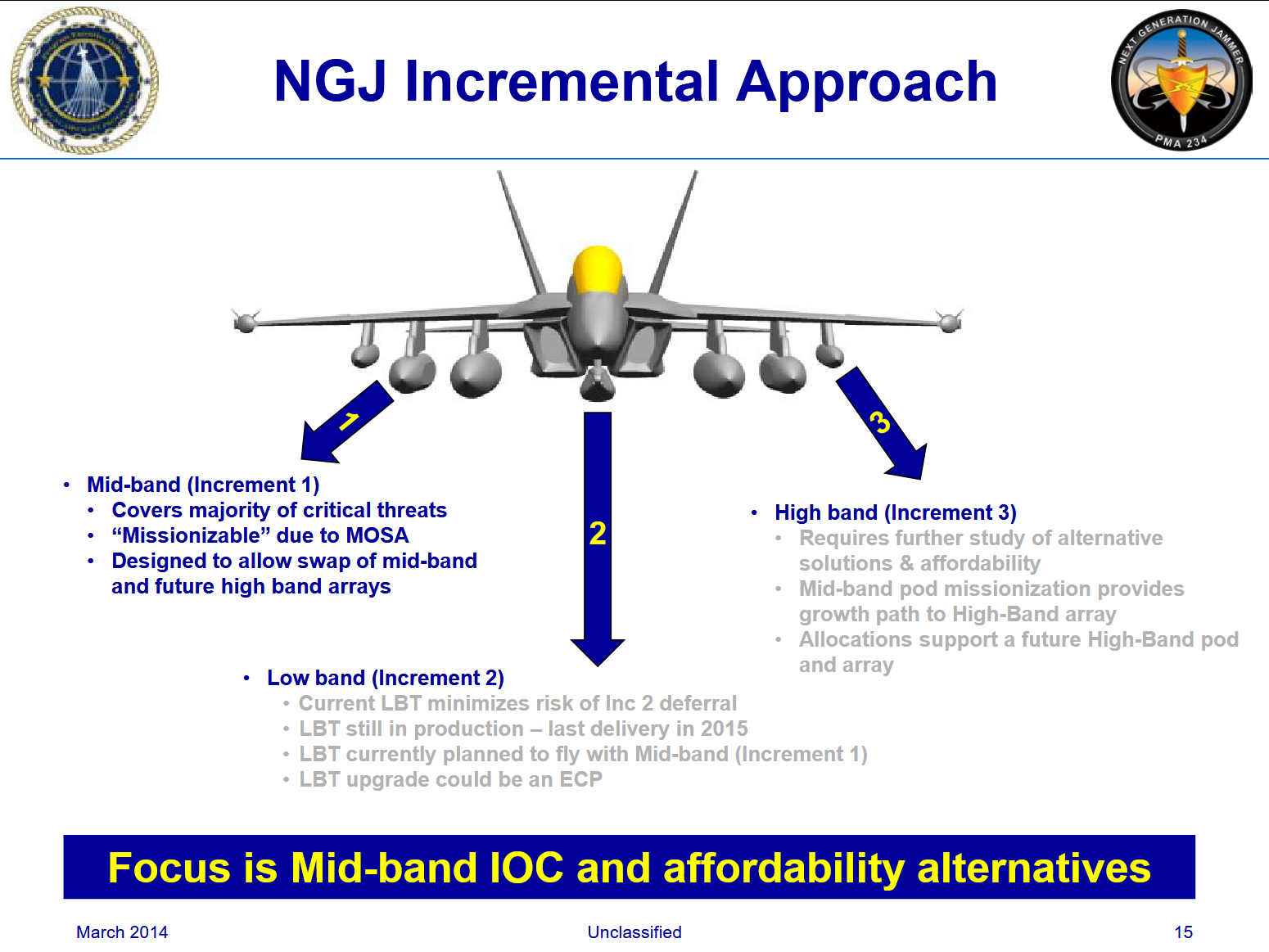
With the current state of NGJ, five hardpoints will be required to fully mount all increments (inc. 1: mid-band, inc. 2: low-band, inc. 3: high-band), and the F-15EX can fit these on its external stations without preventing the carriage of weapons or other stores. The EA-18G, when loaded with the full NGJ suite, has only two fuselage missile racks available. An F-15EX carrying all NGJ equipment, with or without Conformal Fuel Tanks (CFTs), retains extensive pylon real estate. It would still be capable of carrying an Infrared Search and Track (IRST), a targeting pod, missiles, and Small Diameter Bombs (SDBs) on inboard fuselage pylons if the strike required additional ordnance. SDBs could even be used for Destruction of Enemy Air Defense (DEAD) missions from a notional EF-15EX, in tandem with missiles such as Advanced Antiradiation Guided Missile-Extended Range (AARGM-ER) or Stand-in Attack Weapon (SiAW) on F-35.
Additionally, the theoretical joint procurement of NGJ could ensure that Increment 3, high band, is properly funded. The increased number of NGJs could also potentially bring procurement and sustainment costs down per unit, making NGJ an overall more cost-effective and thus appealing system.
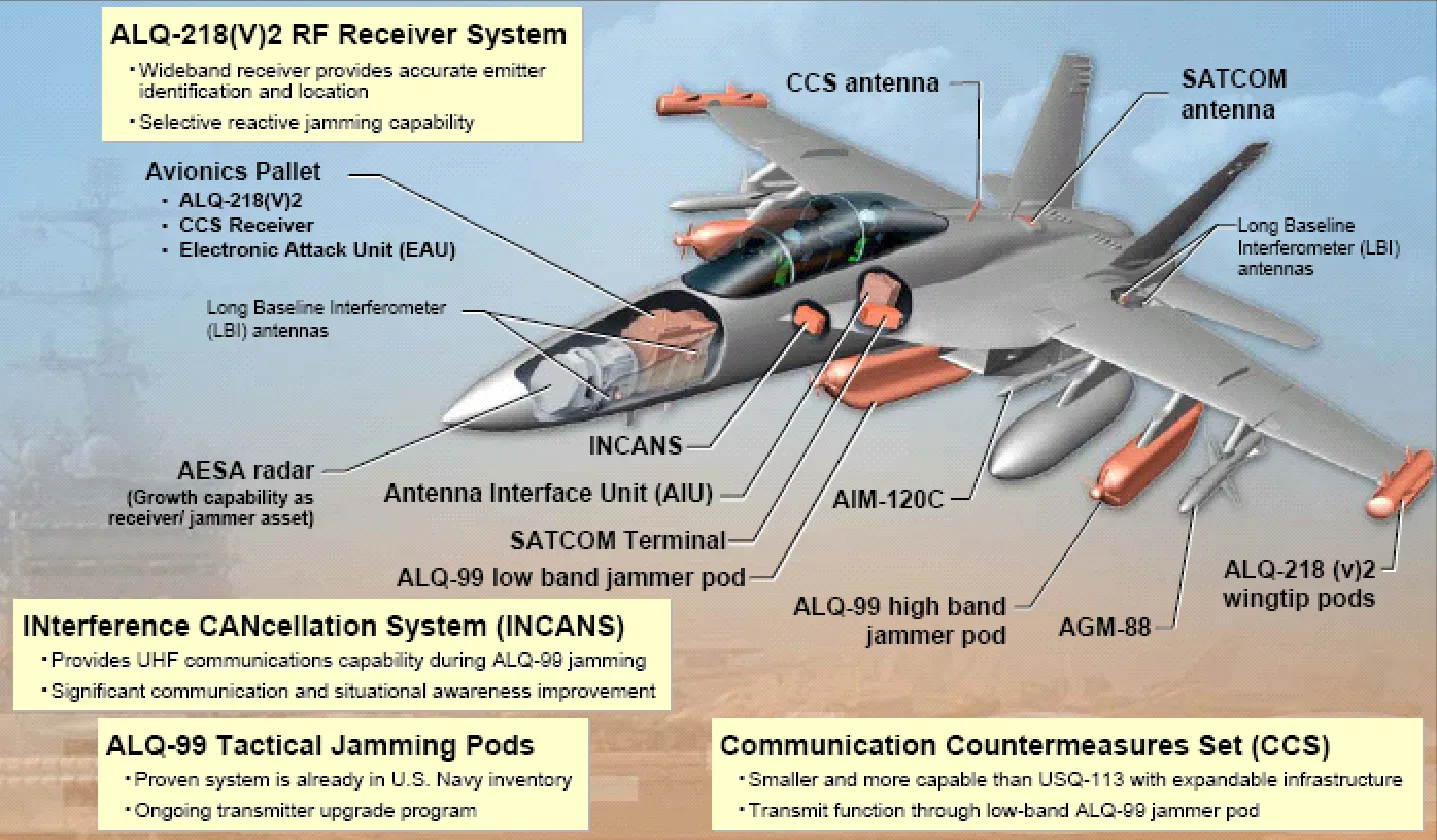
Another advantage is that this would likely take less time to integrate than waiting on a new aircraft entirely. While F-15EX does not currently sport the EA-18G’s Airborne Electronic Attack system nor the ALQ-218 Electronic Support Measures (ESM) system, it can likely be modified to handle it. The extra electronics can likely be fit in the place of the M61 Vulcan, as they are in the Growler. The wingtip pods are more of a problem, though. As the Eagle was never meant to house wingtip pods, they would either have to be placed on the vertical stabilizers or in a theoretical CFT station with onboard electronics. This sort of mixed payload/fuel CFT has been tested already with aircraft like the Silent Eagle, albeit with internal weapons bays instead of electronic attack payload.
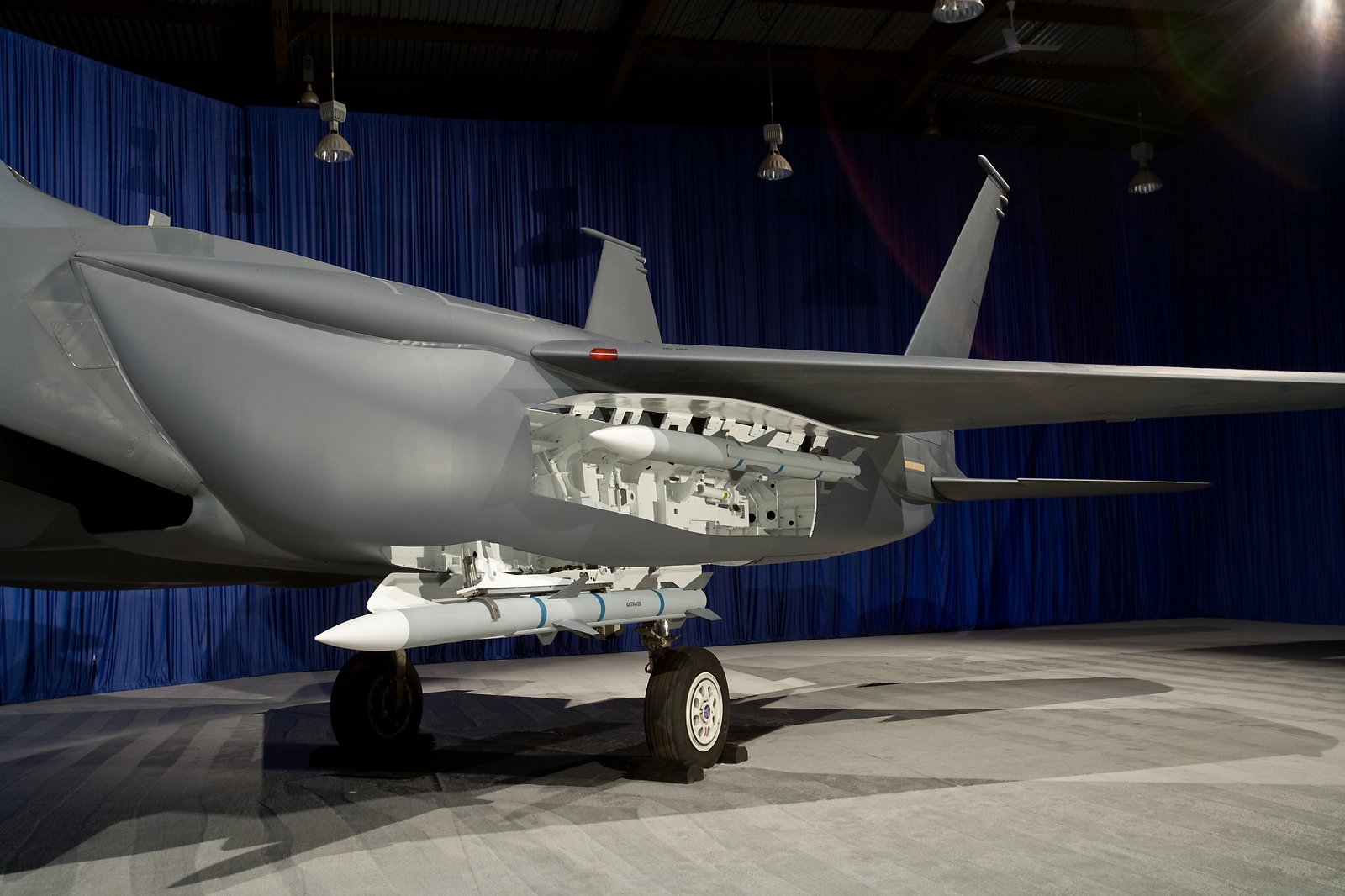
Though this would still take some time to accomplish, I believe this program could be completed in two years, which would put the theoretical completion date somewhere in late 2027 if initiated within the year. This would be fast enough for EF-15EXs to play a significant role in the fight with China. So, what are we waiting for?
